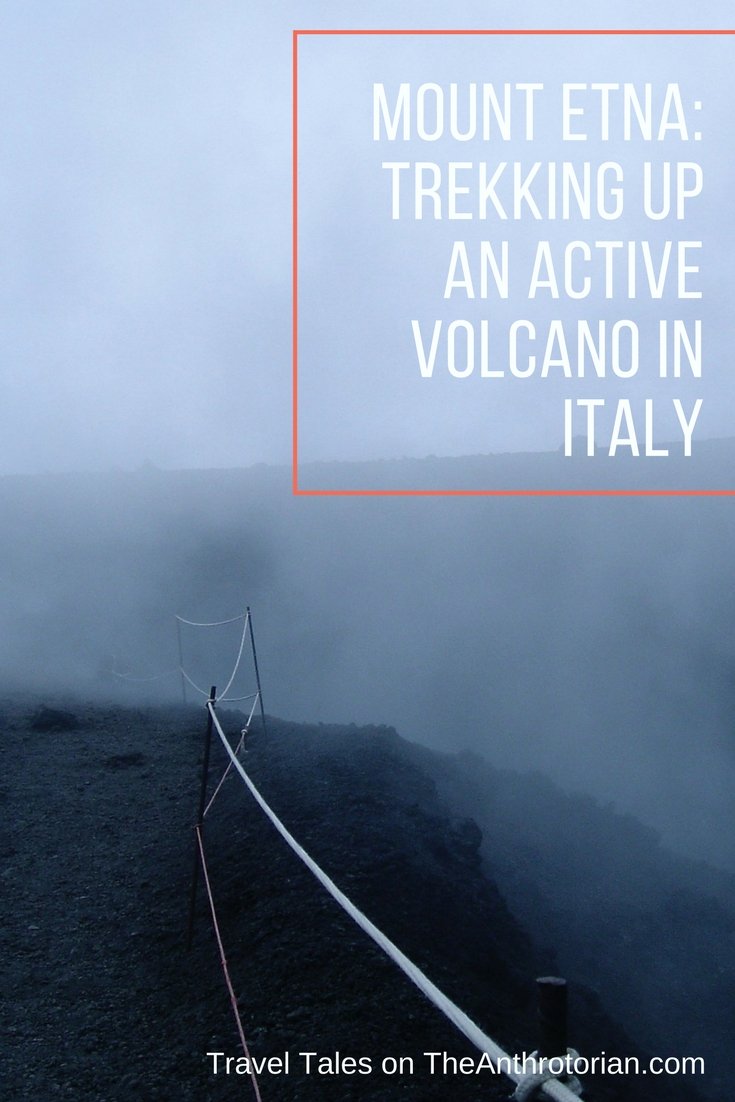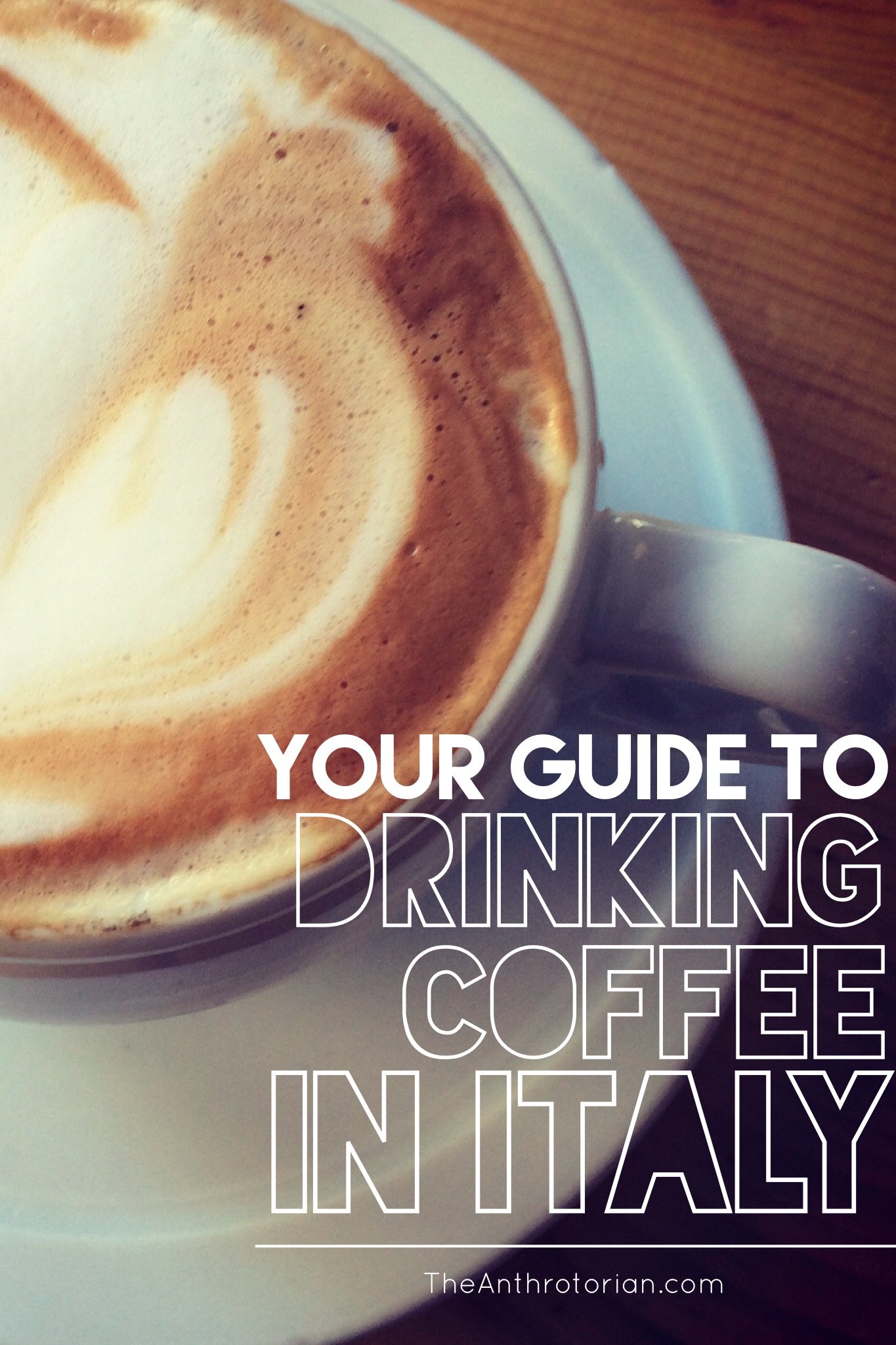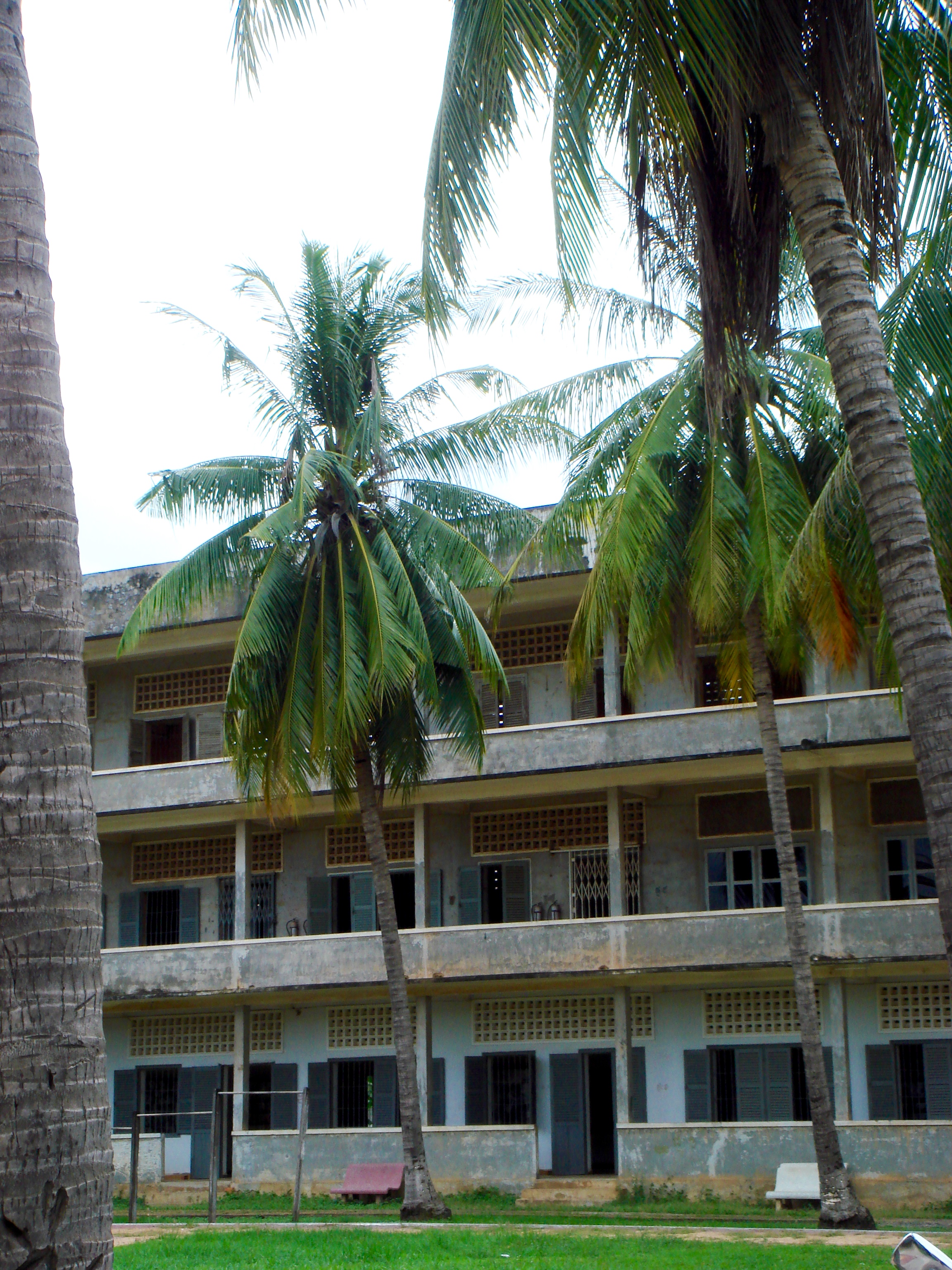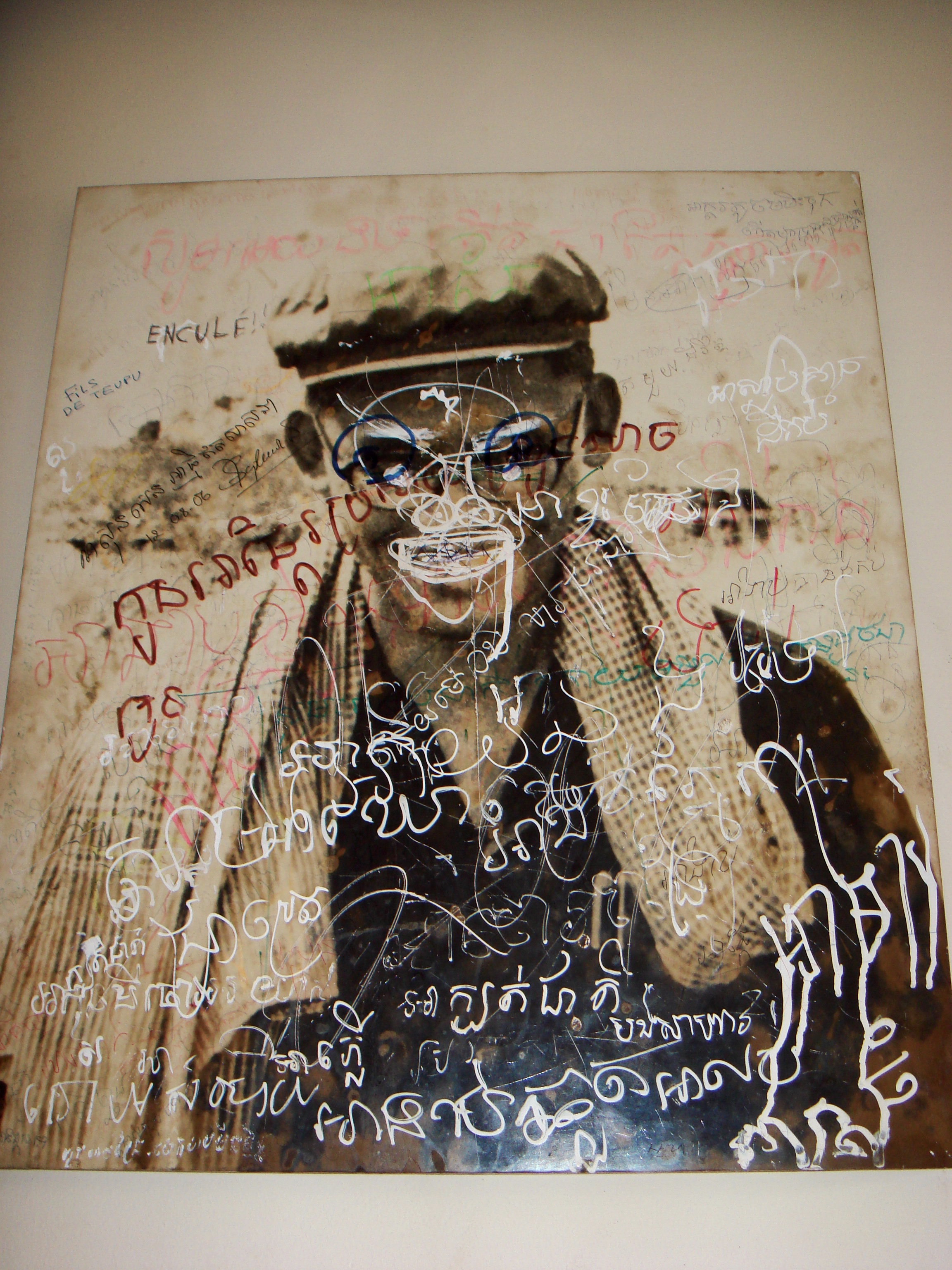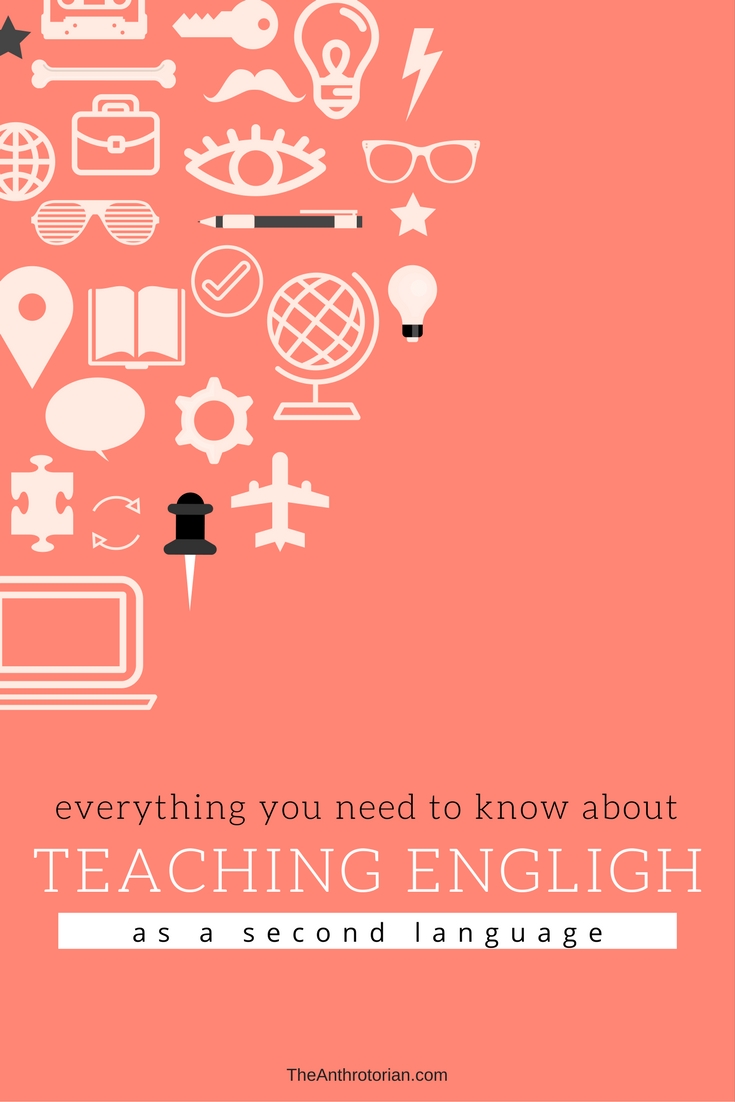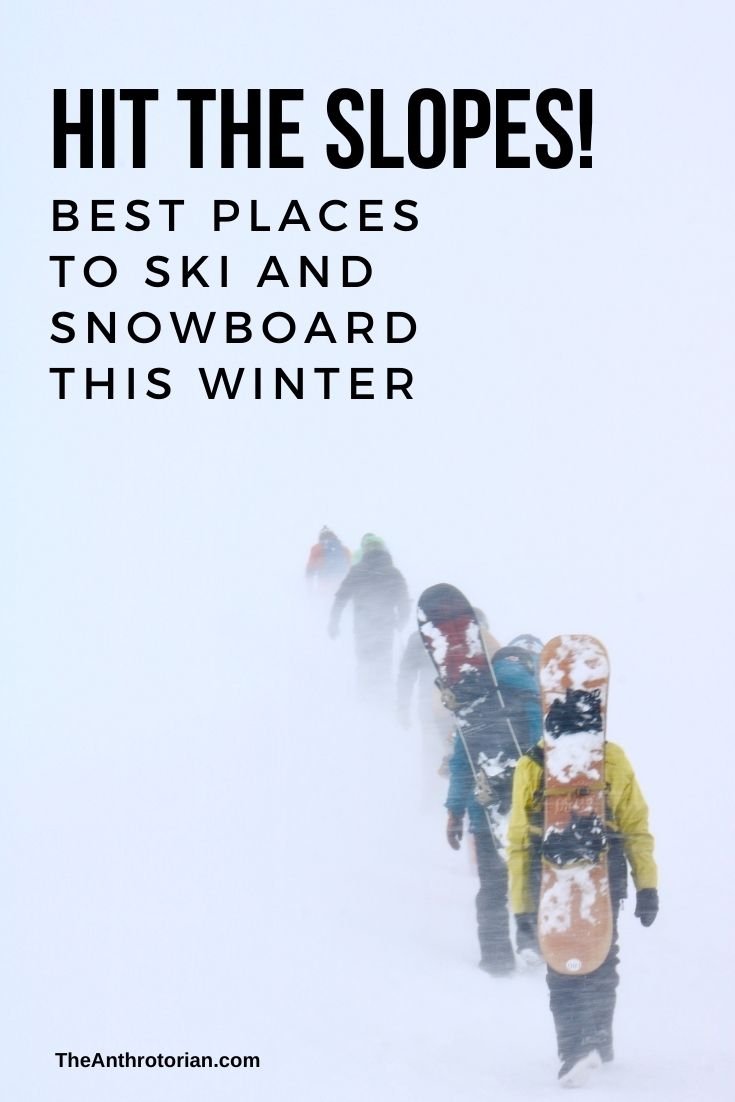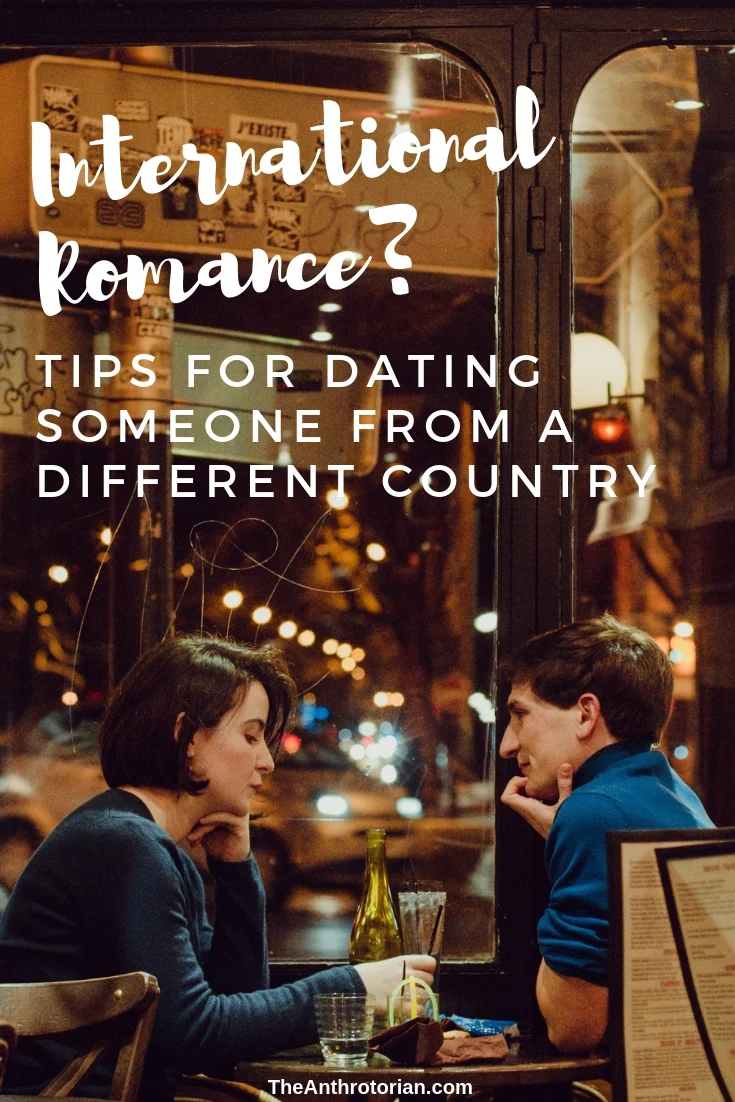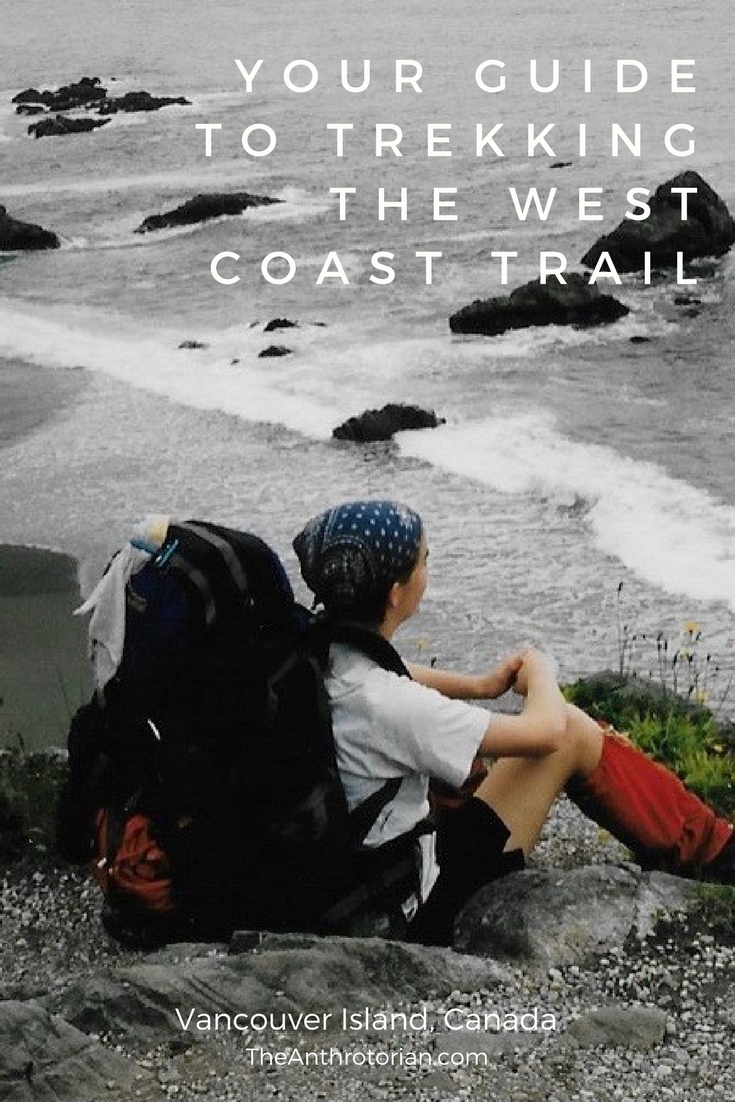When I was first asked by some fellow foreigners in South Korea if I wanted to get naked in a public bathhouse and sauna on my first weekend in the country, I looked at them like they were nuts.
Somehow though, they managed to talk me into it (I blame severe jet lag), and it was one of the best decisions that I have ever made.
Found all over the country, in both large free-standing complexes or on the top few floors of high-rise buildings, the jjimjilbang or public bathhouse became one of my favourite spots, and one of the things that I miss most about living in South Korea.
Now, before we go any further, shake all the dirty, dark, or (ahem) inappropriate images of "bathhouses" out of your head. The South Korean jjimjilbang is the complete opposite, and is part of a tradition of ritualized bathing that can be traced back to ancient Egypt, to prehistoric cities that existed in the Indus River Valley, and to the Aegean civilizations — not to forget the Greeks, Romans, Eastern and Central Europeans, and Japanese.
The bathhouses in South Korea are a cross between an aqua centre, a spa, and a theme park. They are gender-segregated because bathing suits of any kind are not permitted, though most have a unisex area where, after donning pajama-like T-shirts and shorts that are provided, you can meet up with members of the opposite sex. This area usually has a snack bar, a gym, TVs, Internet access, sleeping quarters (with bunk beds or floor mats — yes, you can actually spend the night there) and communal saunas.
The interior of a communal salt sauna. You are supposed to sit in the salt and cover yourself in it to absorb it's purifying characteristics. (image source)
They are usually open 24 hours and have no time limit for how long you can spend in them (seriously, you could spend an entire weekend there for your single entry fee of around 10,000 won or $10 per person).
My visits to a jjimjilbang usually went like this:
I would walk up to a bright front desk area fully staffed with friendly people who spoke zero English and looked at me like I had no idea what I was getting myself into. Holding up one finger I would say “Hana juseyo” (one please) and they would hand me my towels and key and charge me the entry fee. Shoes off, I would walk barefoot across the warm, heated floors and into the large locker room where my numbered key would open a corresponding locker. This is where I stored my bag and ALL of my clothes.
Don't get me wrong, this was TERRIFYING the first few times.
Being stared at on the street, fully clothed was one thing (a tall white girl in a very homogenous South Korea stands out like a sore thumb), but the idea of being naked in a room full of other naked women who would be staring right at me — and at all of my bits — was horrifying. But, I was surprised to discover that for the most part they completely ignored me. I know this is hard to believe, but I usually felt more self-conscious on the street fully clothed then I ever felt naked in a jjimjilbang.
Once I had stripped off all my clothes, it was time to head into the pool area.
But, before even thinking about getting into the steaming pools (which were emptied and cleaned once a day), protocol required that I hit the showers and completely scrub any trace of the outside world off of my body. I’m talking shampoo, condition, foam, wash, scrub, mask and anything else that I could think of to eradicate any dirt or dry skin.
Alone at the jjimjilbang one night, I had just started my process of cleaning when I was startled to suddenly feel someone scrubbing my back. I quickly rinsed the soap out of my eyes and turned to find a small, grey haired ajumma (grandmother) smiling at me and holding a coarse yellow cloth. She had seen that I was alone and had come over to help me wash the parts of my body that I couldn’t reach myself. Over her shoulder I could see her family watching and also smiling as she motioned at me to turn back around. Korean families would often visit the bathhouse together, taking turns scrubbing each other's backs or washing each other's hair. After my initial shock had worn off, I shrugged, thanked her in Korean, turned back to the shower and continued to wash my hair while she scrubbed me raw from my shoulder blades to my tailbone.
A photo of the female pool area at the Hurshimchung Jjimjilbang in Busan, South Korea
No other feeling in the world compared with sinking into a pool after the scrubbing was complete. My skin would be tingly, and every muscle in my body would un-clench as mini waterfalls carrying scalding hot water would fill the air with steam. The pools came in all shapes, temperatures, and water types that when used in a certain order were supposed to help one attain a high level of ‘purification’. There was usually a pool lined with fragrant cedar, one filled with green tea, one scented with eucalyptus and a lavender scented one with violet colored water that made me feel like a member of the ancient royal family. Jumping into the glacial plunge pool was always a rush, but it usually made me feel like I was going to pass out and it always took me a few seconds, clinging onto the edge, to see straight. In one corner of the room strong jets shooting down from the ceiling gave a life changing back massage and through heavy glass doors a latticed outdoor area, open year round, had a cold bath, a hot bath and at night, a full view of the stars.
Once my fingers and toes had started to prune, I knew that it was time to take a break from the pools and I would make my way across the warm, womb-like room to the saunas. There were only a few of them in the segregated area, but all were scented with a different essential oil or herbs that were meant to aid in even further inner and outer cleansing. I would usually just lay on the floor, letting the heat weigh me down, and let my mind go blank. Time seemed to disappear on my visits to the jjimjilbang.
Leaving the saunas, I would spend my last few minutes recovering from the extreme heat by laying on one of the warm marble slabs that were scattered throughout the main room. My body would slowly cool down while I listened to the steady trickle of running water and the quiet chatter coming from the corner where women were getting massages. A board on the wall advertised the different services available, but because I couldn’t read hangeul, I never knew what they were. They ranged in price from 10,000 won to 30,000 won (between $10-$30) and from what I observed the most popular were either a bone crunching full body massage or allowing a serious looking women in mismatched lingerie to scrub you raw. Ok, so maybe it wasn't just the fact that I couldn't read the board — those women scared me a little.
My skin has never been so soft, and I have never been so relaxed as I was after visits to these incredible cultural spaces. Don't let your fear of being naked in a room of other naked people prevent you from missing out on this amazing experience — trust, me it's worth it.


